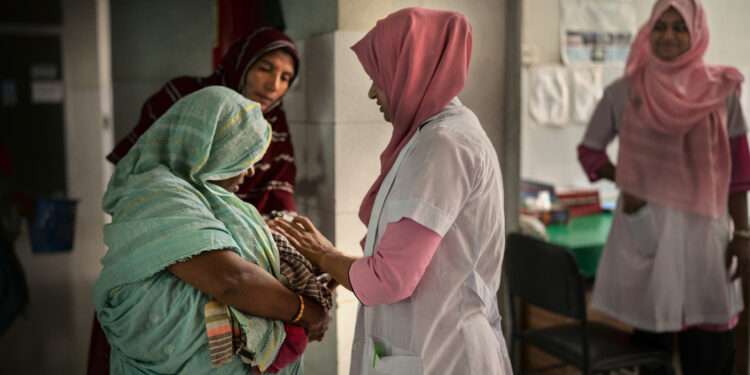Global Standards for Midwifery Regulation

The primary function of regulation is to protect the public. Robust regulatory systems also support midwives to work autonomously to their full scope of practice. By raising the status of midwives through regulation, the standard of care across the sexual, reproductive, maternal, newborn and adolescent health (SRMNAH) services will be improved.
The ICM sets the global standards for midwifery regulation in alignment with the global evidence-base. The aim of the ICM’s Global Standards for Midwifery Regulation to promote regulatory mechanisms that protect the public by ensuring that safe and competent midwives provide high quality midwifery care to women, gender diverse people, and their newborns.
The standards have two applications, dependent on whether a country has midwifery regulatory processes in place or not:
- Review of existing regulatory processes. The standards can be used to guide amendments to existing processes and promote regulatory frameworks that support autonomous midwifery practice.
- Development of regulatory processes. The standards can be used to guide health authorities on how to establish regulatory frameworks for midwifery where none currently exist.
Midwives’ associations are encouraged to advocate for the use of these standards for the improvement or implementation of regulatory legislation, policies, and procedures. The separate professional identity of midwives must be recognised in all regulatory processes. Where midwives are regulated alongside or together with nurses or other health professionals, the aim is that separate and specific regulatory structures and processes are established to enable autonomous midwifery practice and ensure high quality midwifery care in alignment with ICM Essential Competencies for Midwifery Practice.
The standards are organised under the following four categories:
- Models of regulation: the type of regulation e.g. via legislation
- Protection of title: who may use the title ‘midwife’
- Governance: the processes for establishing of a regulatory authority and the processes by which the regulatory authority carries out its functions
- Functions: the mechanisms by which a regulatory authority regulates midwives under the sub-categories of:
- Scope of practice
- Pre-service midwifery education
- Registration
- Continuing competence
- Complaints and discipline
- Code of Conduct and Ethics




